When it comes to Disney and all it encompasses – theme parks, movies, a cruise line, television – we all have our likes and dislikes. Since I’m more of a glass-half-full kind of guy, I won’t dwell on my dislikes.
Instead, I’m going to focus this series of blogs on my favorite things about Disney … those experiences that I find uplifting, enjoyable, memorable, and worth more than one visit. These are my personal “must-do’s” whenever I walk through the main gate of a Disney park and into what Walt Disney himself called “this happy place.”
__________________
“it’s a small world” and I go back a long way … all the way to 1964, when I first rode the quintessential Disney attraction at the 1964-1965 New York World’s Fair.

I’ve since ridden on the Walt Disney World and Disneyland versions; the two times I’ve been to Disneyland Paris, “it’s a small world” was being refurbished for my “future enjoyment.”
But wasn’t until the early 2000s, when I started interviewing several of the key Imagineers who worked on the attraction, that I gained a true understanding – and added appreciation – of what it took to create “it’s a small world”, its time-honored appeal and its message to young people of peace and harmony.
The genesis of “it’s a small world” goes back to the early 1960s, when Walt Disney committed his company to producing three new attractions for the 1964-1965 New York World’s Fair in Flushing Meadows, Queens.
Those three attractions – Ford’s Magic Skyway, General Electric’s Carousel of Progress, and Great Moments with Mr. Lincoln for the Illinois state pavilion – stretched Disney’s creative department to the limit.

“Starting that attraction 11 months before the Fair opened was kind of nuts,” said Marty Sklar, former leader of Walt Disney Imagineering and a Disney Legend. “But it shows you how smart the mechanical people were. There was no way you could do a complicated design mechanism and get it done in that amount of time.
“So, everything in the attraction was done very simply. Most of the things were taken off the shelf.”
Rolly Crump, another Disney Legend, designed the unique kinetic panel façade – known as the Tower of the Four Winds – as well as a clock tower for the outside of the attraction. It was such an eye-catching display that it was instantly recognizable to approaching Fair visitors.
Renowned artist Mary Blair was brought on board to design the color stylings of the attraction. She was part of a small contingent of Disney artists that Walt brought to South America in 1940 on a goodwill tour sponsored by the U.S. State Department.
Known as El Groupo, Walt and his team traveled to several countries: While Walt would wow appreciative crowds at every stop, his team of artists scoured towns and villages for artistic inspiration.
It was during these South American forays where Blair found her niche as a color stylist and designer, developing her own unique style of complex color compositions. Her brilliantly rounded, richly colored stylings would lend themselves perfectly to the “it’s a small world” concept years later.

Other key contributors to the attraction were the husband-and-wife team of Marc and Alice Davis, who designed all of the costumes for the hundreds of dolls used throughout the ride, and Bob Gurr, who designed the boats, offered his input on the ride system and crafted the turntables that many of the dancing dolls stood on.
When all was said and done, “it’s a small world” was easily the least problematic of the four Disney Fair shows, despite the tight deadline.
Of all things, the theme song proved to be the most troublesome aspect of the attraction.
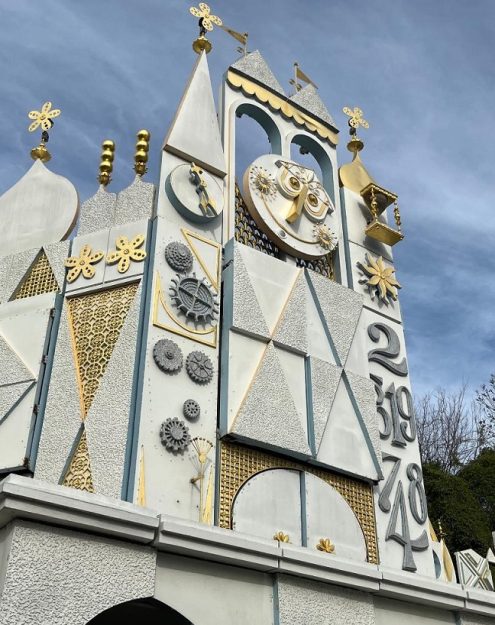
The solution was to play one song, written by legendary composers Dick and Bob Sherman, in roundelay fashion in one-minute segments that repeat throughout the ride with different treatments for each country.
The overriding theme was to convey the spirit of international unity.
Marty Sklar unabashedly told me that “it’s a small world” is “the most important attraction we ever did in the parks.”
One line from the Shermans’ song stood out in Sklar’s mind:
“There just one moon and one golden sun, and a smile means friendship to everyone.”
“Think about the fact that if we could get everyone in the world to act like that way toward everybody else. Wouldn’t it be a great place? And I don’t think that’s a Pollyanna-ish thing. I think that’s an important lesson for young people to get while they’re having fun.”
Before the attraction became known as “it’s a small world”, it was originally called Children of the World. And the 15-passenger boats that were pushed along the narrow flume by pumps placed under the water were first called FantaSea boats … until someone noted that Fanta was a product of the Coca-Cola Company, Pepsi’s chief rival.
After the Fair, the four Disney attractions were taken apart, loaded onto trucks, and shipped back to Disneyland, where they were reassembled in various forms.

Disneyland’s “it’s a small world” attraction, with a whimsical clock tower facade in the front of the building, opened in June of 1966. The queue is outdoors, where guests can enjoy topiaries and the animated clock tower while they wait. Guests board and unload from the boats outdoors.
Walt Disney World’s version of “it’s a small world” opened with the rest of the park in 1971. Guests must walk down a long ramp indoors to reach the loading/unloading area. A few years ago, a clock tower similar to the Disneyland version was added to the queue.
FIRST IN A SERIES. NEXT TIME: We’re heading to France.
Chuck Schmidt is an award-winning journalist and retired Disney cast member who has covered all things Disney since 1984 in both print and on-line. He has authored or co-authored seven books on Disney, including his On the Disney Beat and The Beat Goes On for Theme Park Press. He also has written a regular blog for AllEars.Net, called Still Goofy About Disney, since 2015.


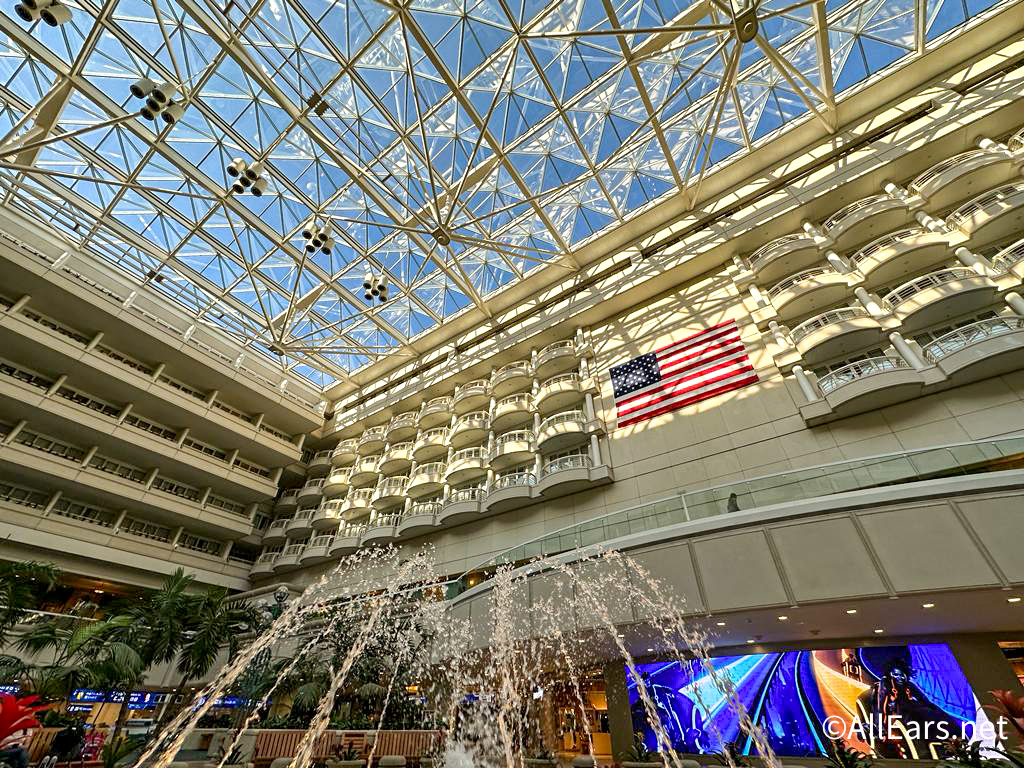



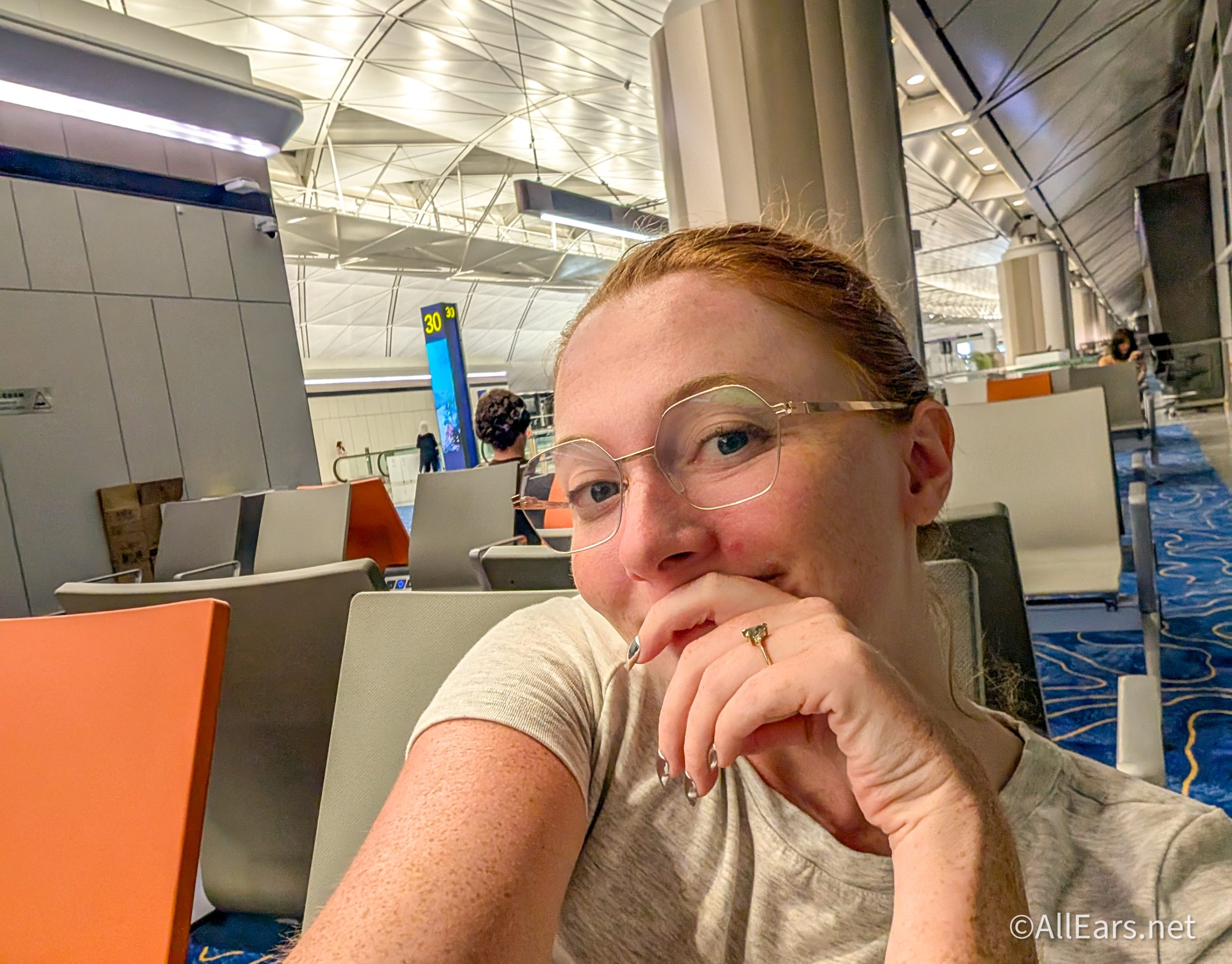
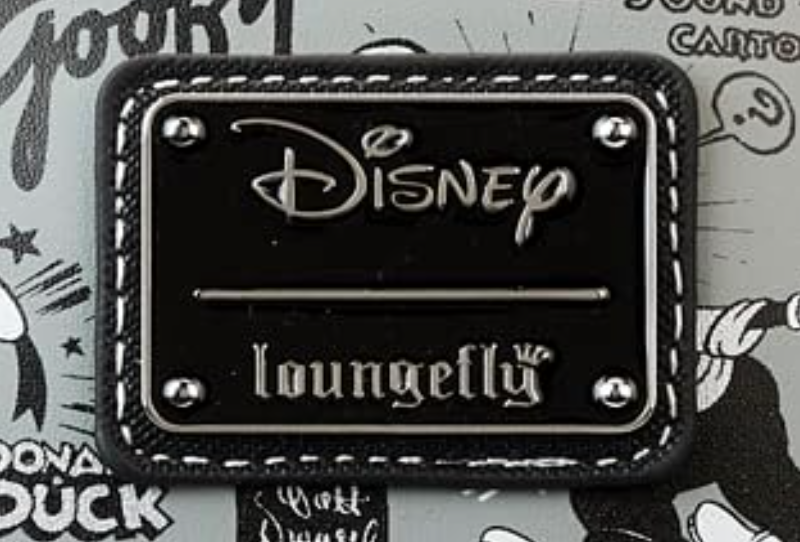




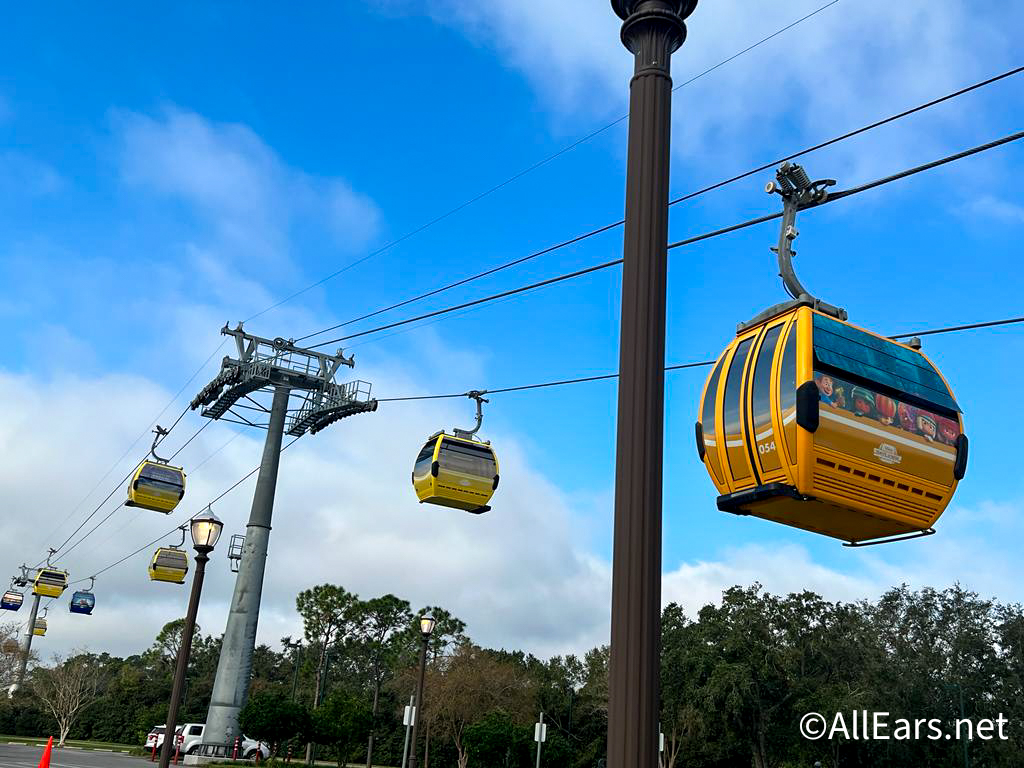
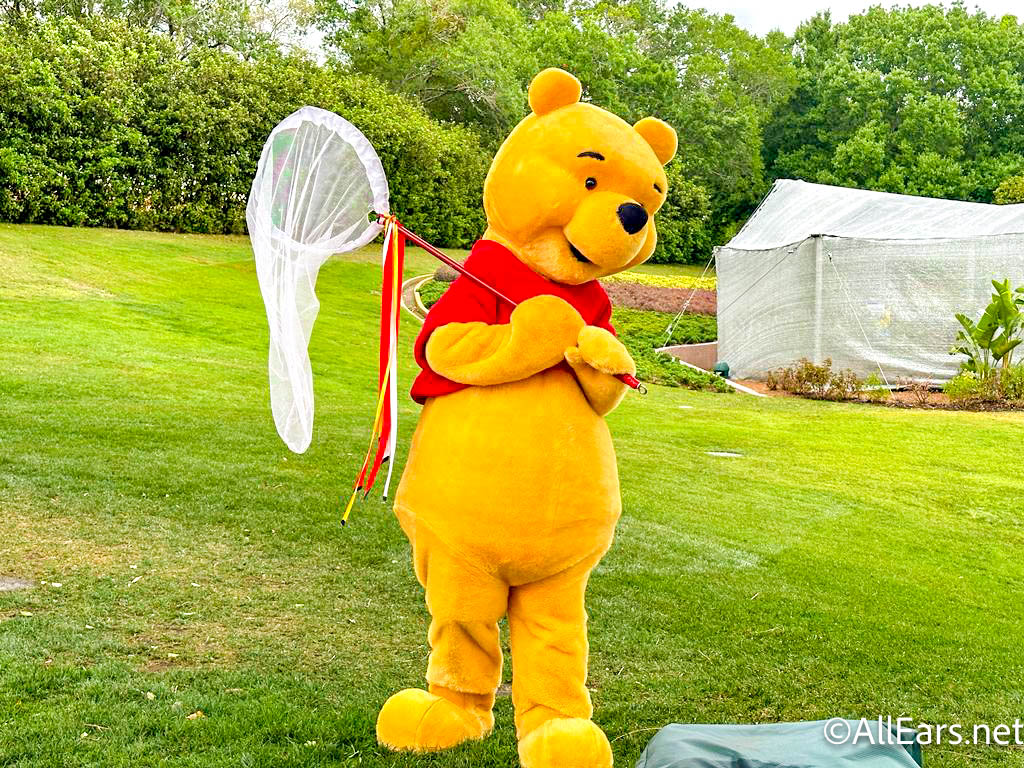
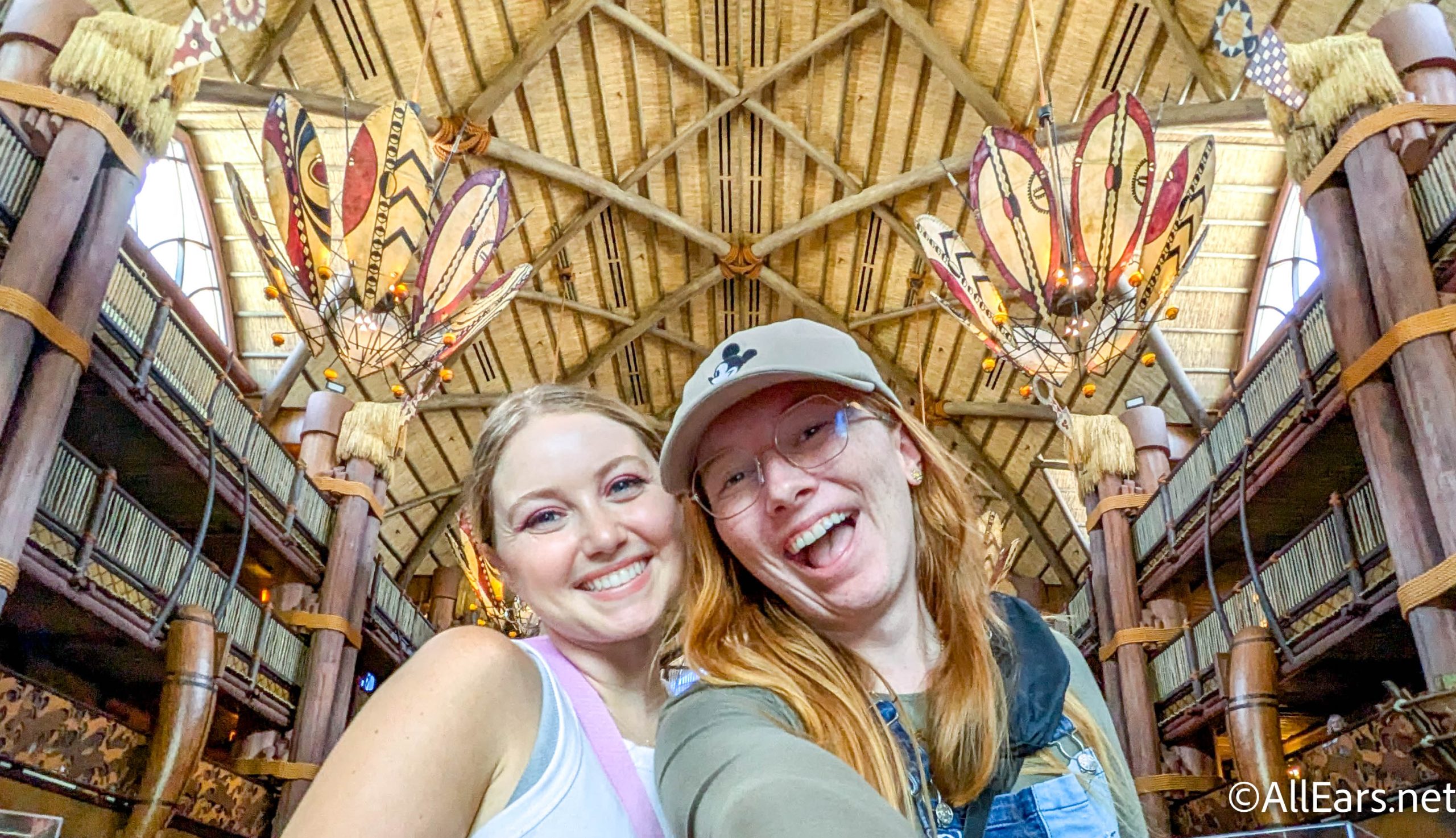





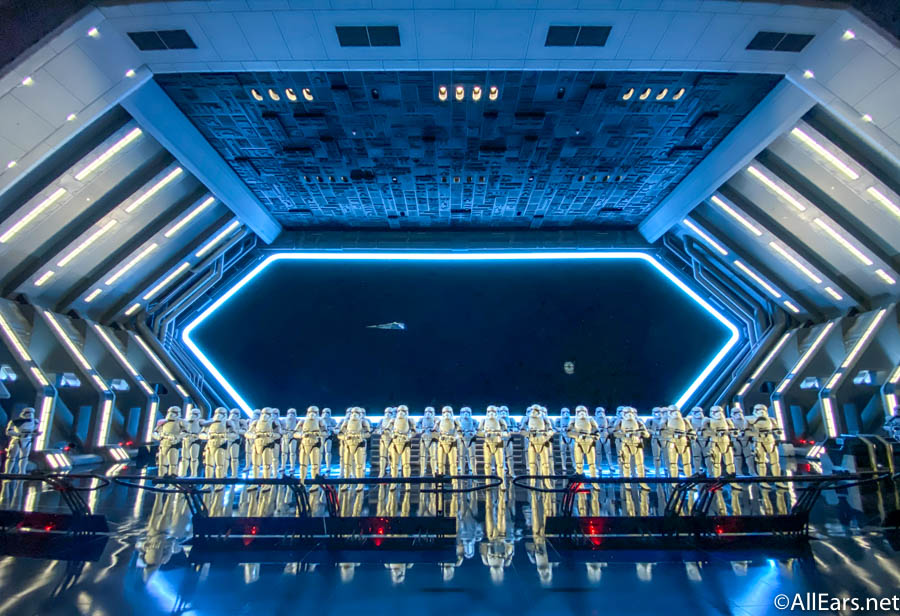
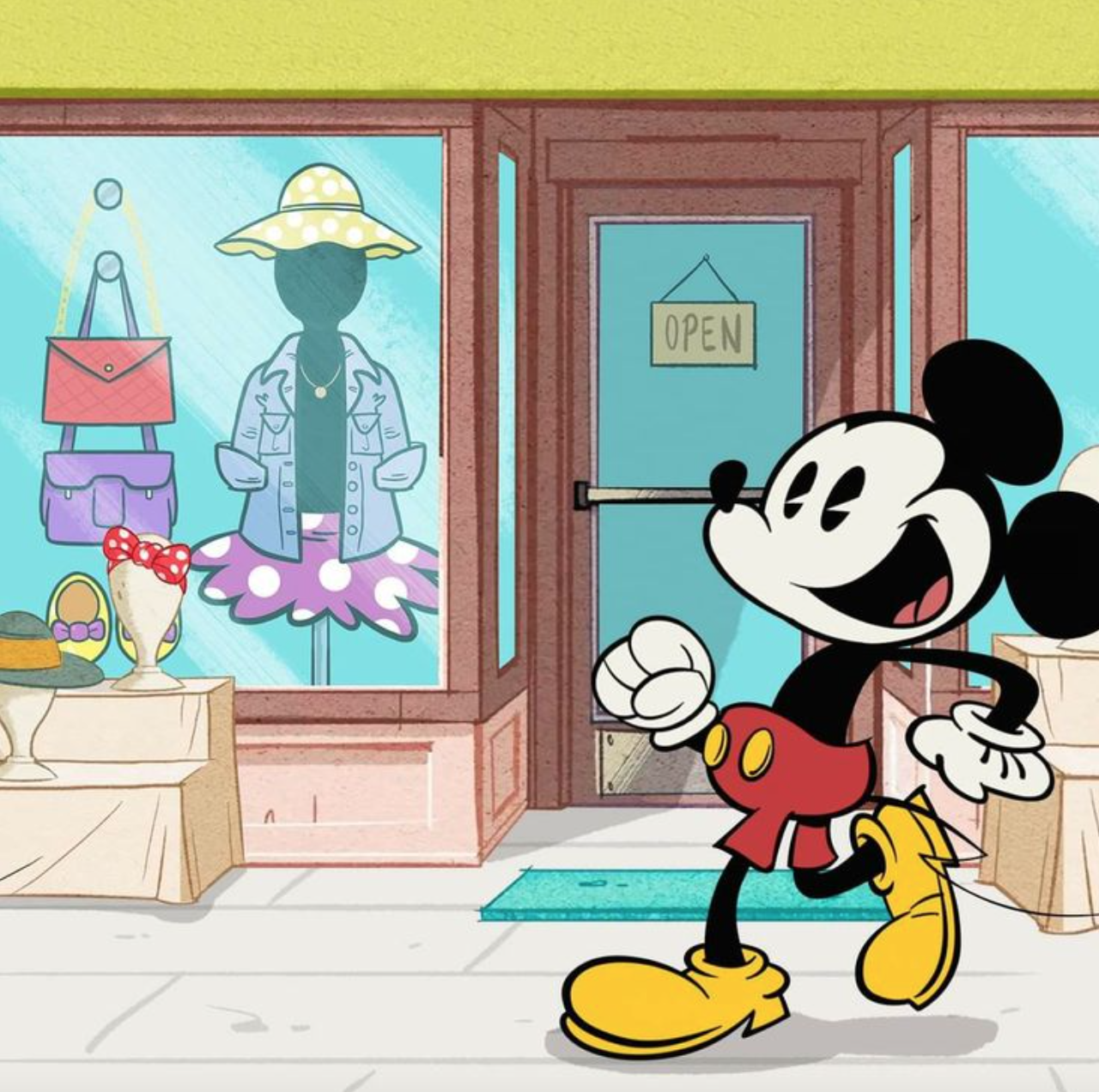
Look forward to reading more in this series!